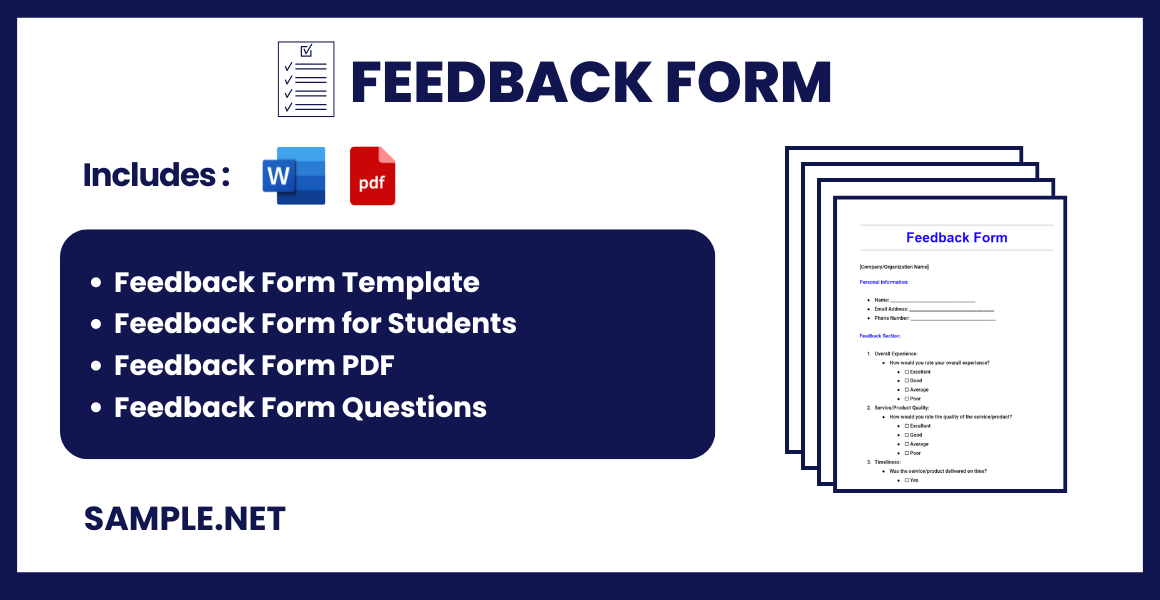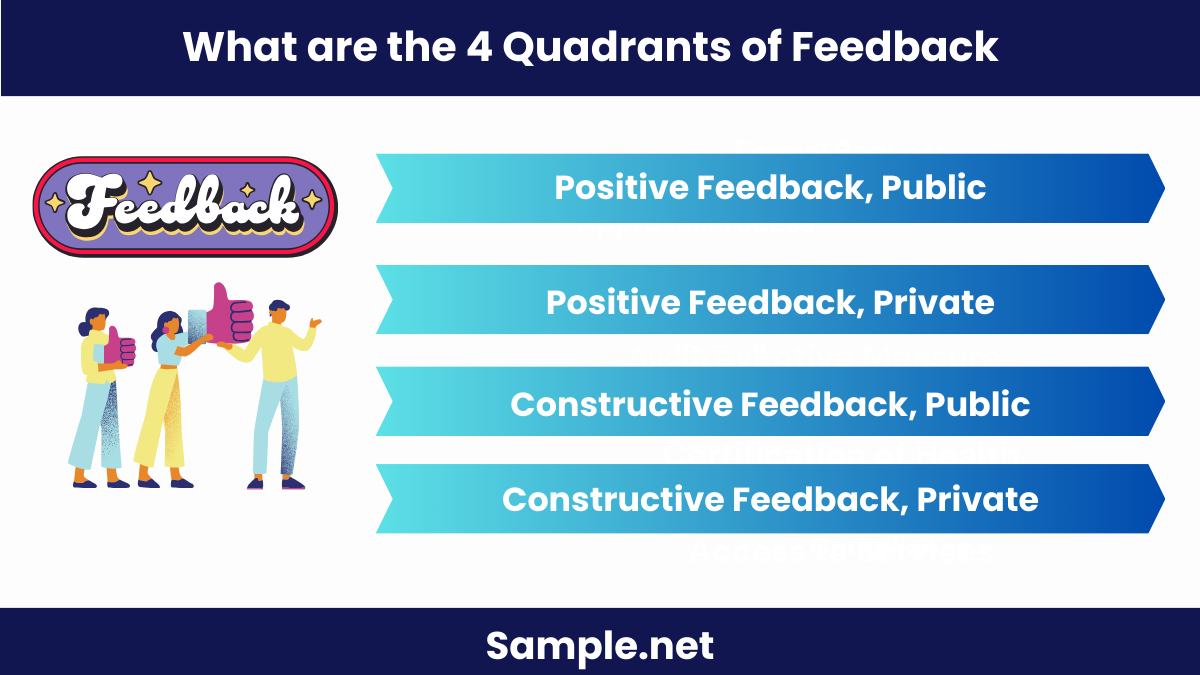Feedback Form Samples
-

Feedback Form Template
download now -
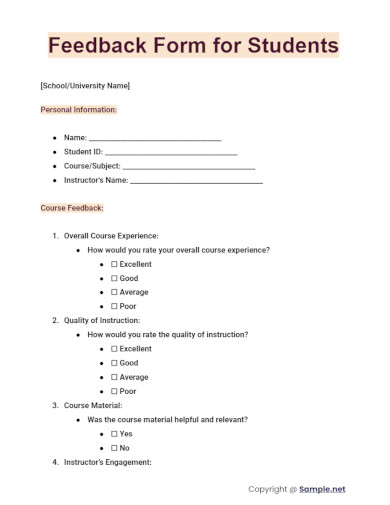
Feedback Form for Students
download now -
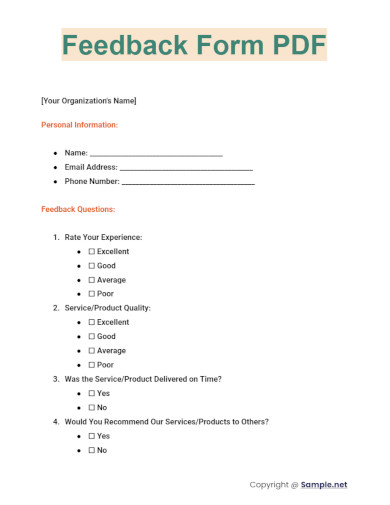
Feedback Form PDF
download now -

Feedback Form Questions
download now -
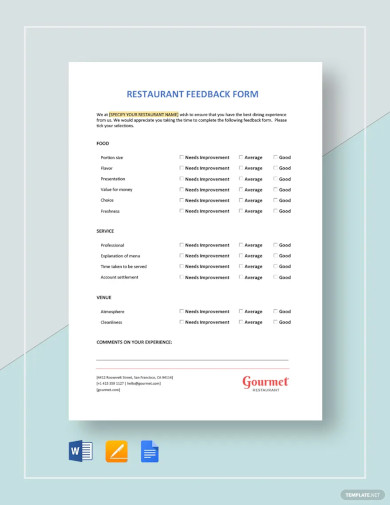
Restaurant Feedback Form Template
download now -
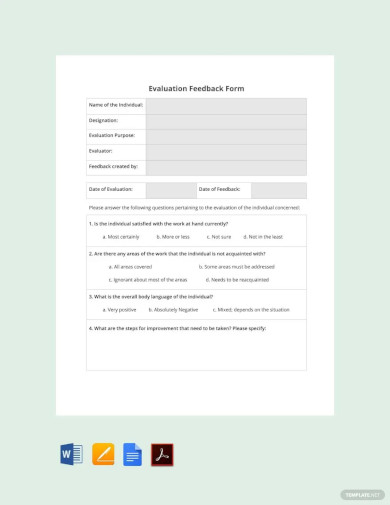
HR Evaluation Feedback Form Template
download now -
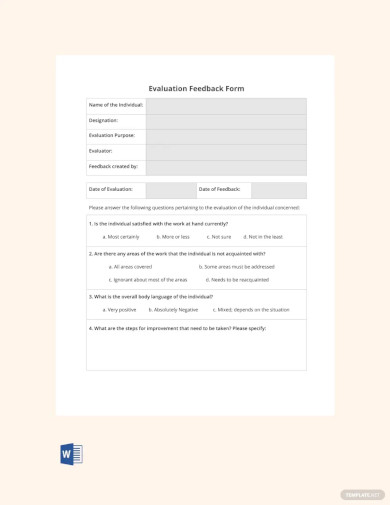
Blank HR Evaluation Feedback Form Template
download now -
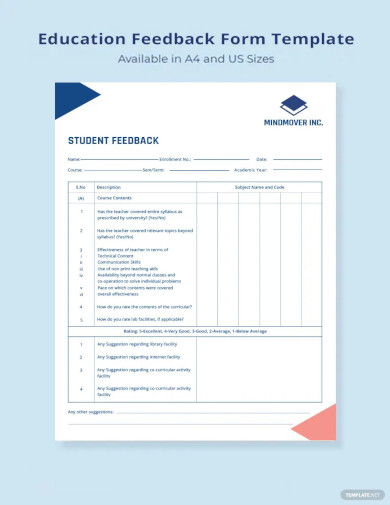
Education Feedback Form Template
download now -
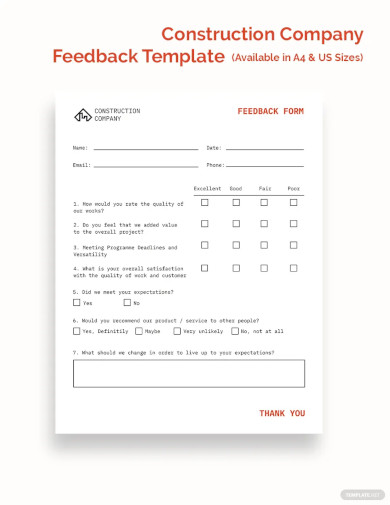
Construction Company Feedback Form Template
download now -
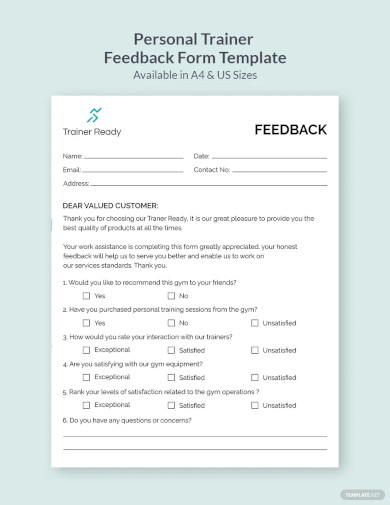
Personal Trainer Feedback Form Template
download now -
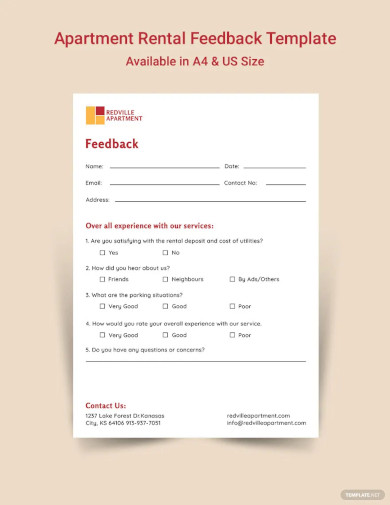
Apartment Rental Feedback Form Template
download now -
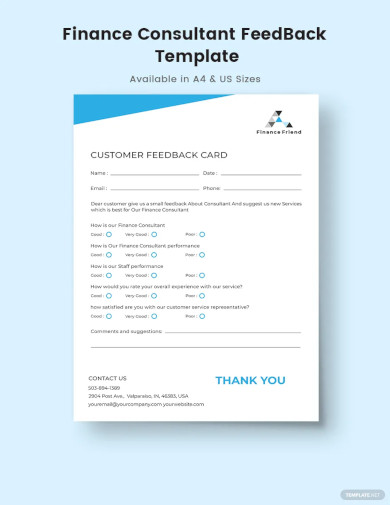
Free Finance Consultant Feedback Form Template
download now -
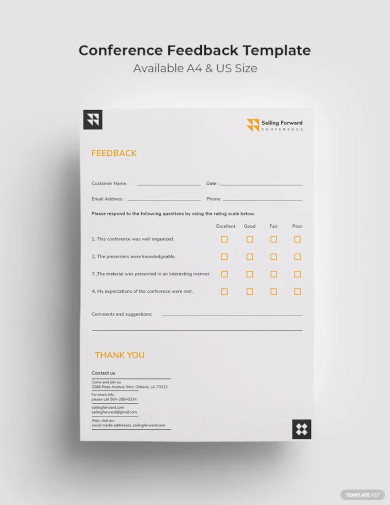
Conference Feedback Form Template
download now -
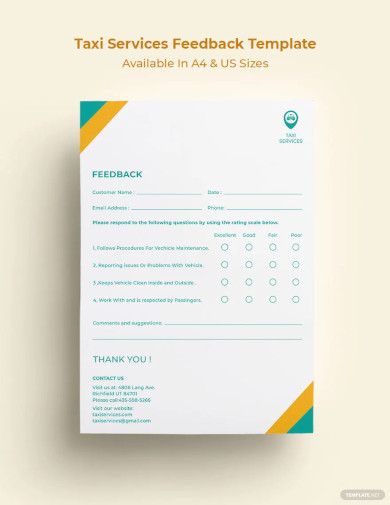
Taxi Services Feedback Form Template
download now -
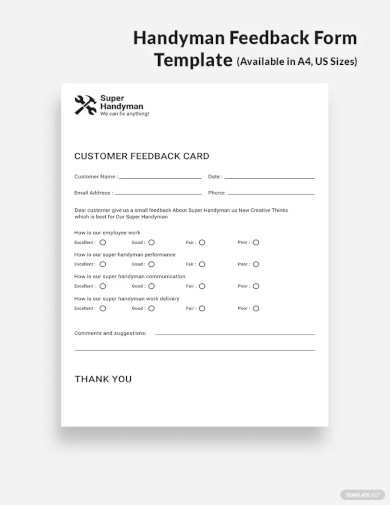
Free Handyman Feedback Form Template
download now -

Nail Studio Shop Feedback Form Template
download now -
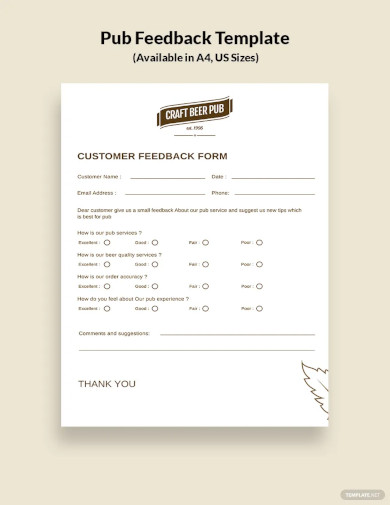
Pub Feedback Form Template
download now -

Business Consultant Feedback Form Template
download now -
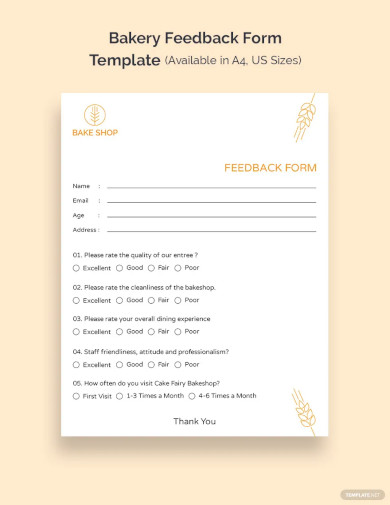
Bakery Feedback Form Template
download now -
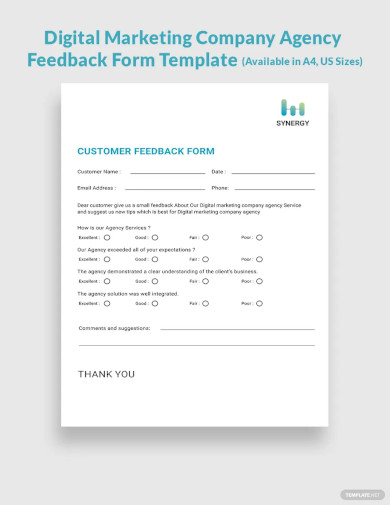
Digital Marketing Company Agency Feedback Form Template
download now -
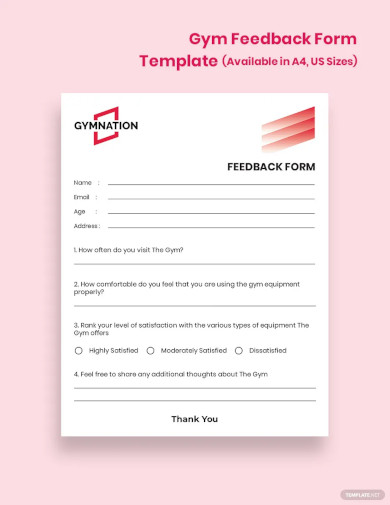
Gym Feedback Form Template
download now -
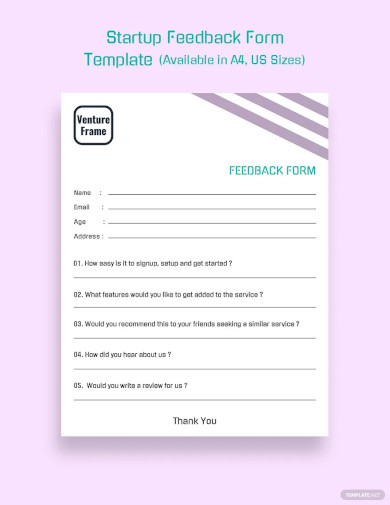
Startup Feedback Form Template
download now -

NGO Feedback Form Template
download now -
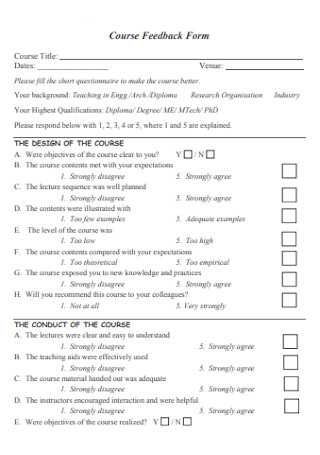
Course Feedback Form
download now -

Training Feedback Form
download now -
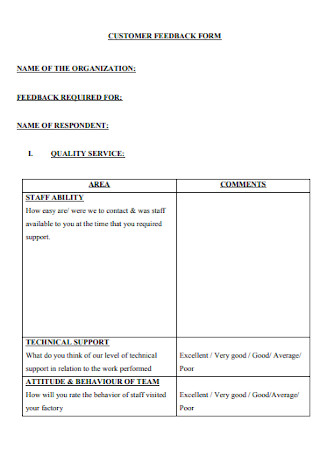
Customer Feedback Form
download now -
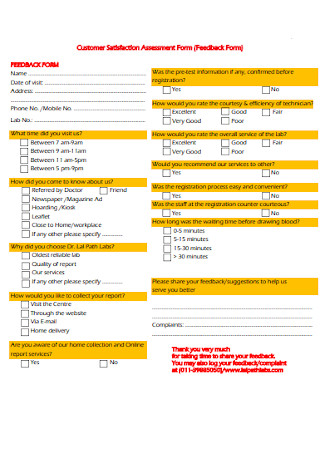
Sample Assessment Feedback Form
download now -
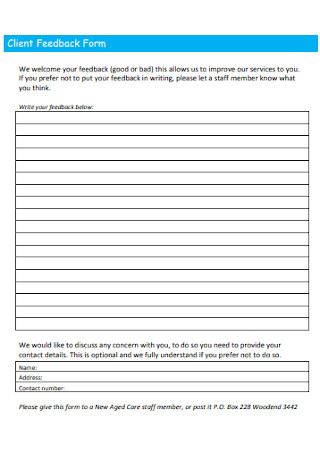
Client Feedback Form
download now -
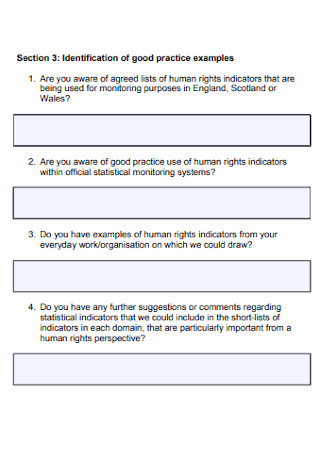
Consultation Feedback Form
download now -
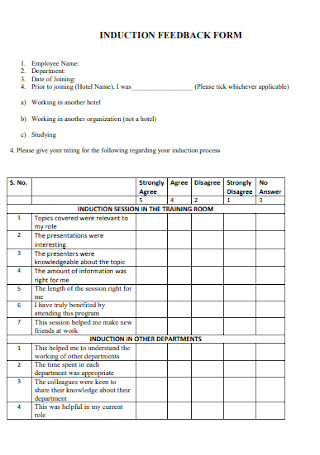
Induction Feedback Form
download now -
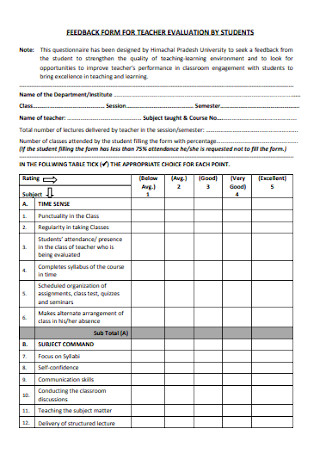
Teacher Feedback Form
download now -
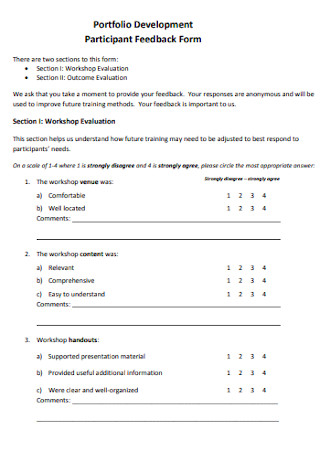
Sample Participant Feedback Form
download now -
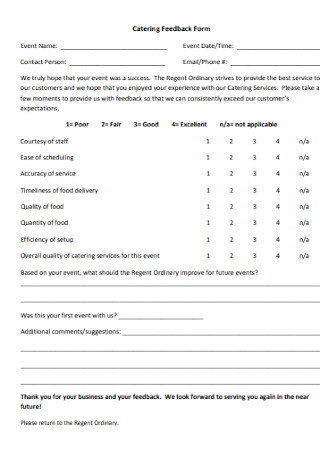
Catering Feedback Form
download now -
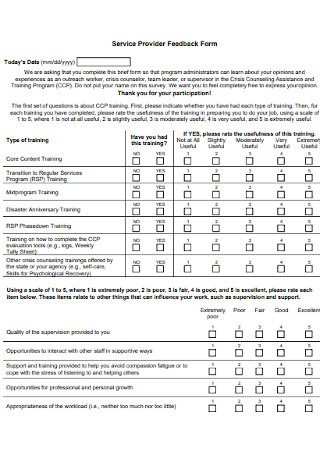
Service Provider Feedback Form
download now -

Sample Exit Interview Feedback Form
download now -
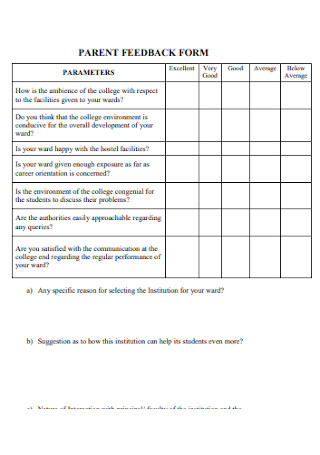
Sample Parent Feedback Form
download now -
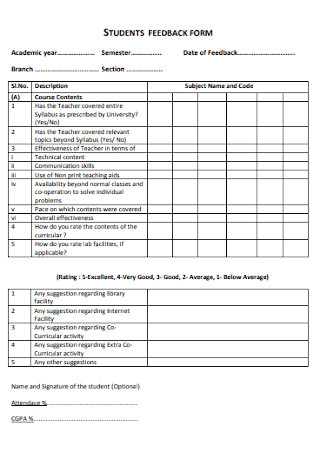
Student Feedback Form Template
download now -
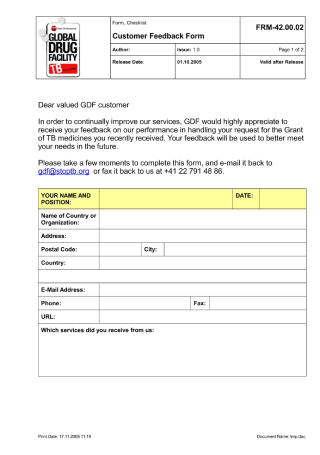
Customer Feedback Questionnaire Form
download now -
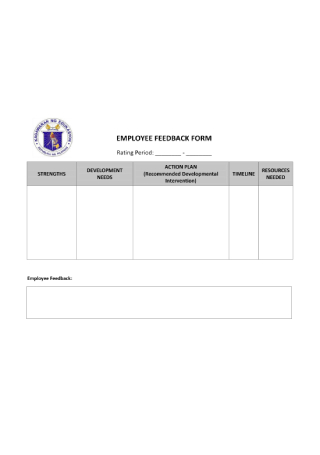
Sample Employee Feedback Form
download now -

Event Feedback Survey Form
download now -
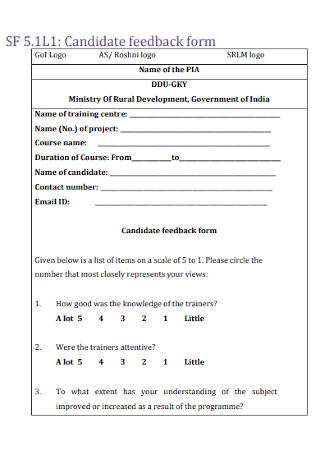
Sample Candidate Feedback Form
download now -
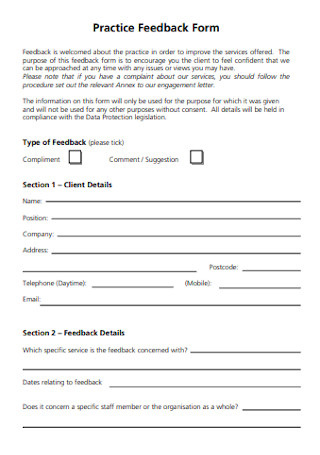
Practice Feedback Form
download now -
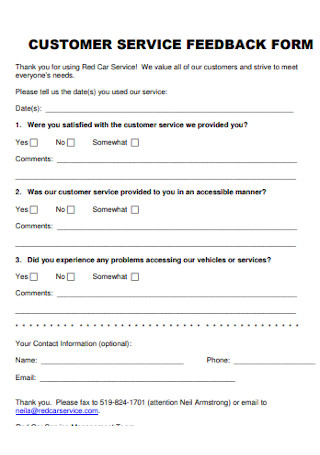
Customer Service Feedback Form
download now -
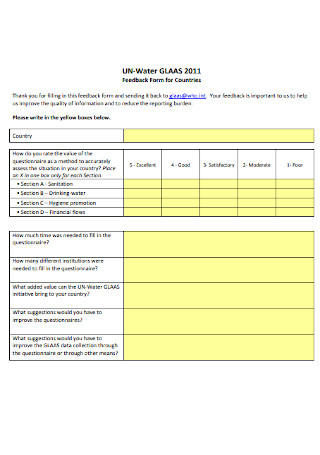
School Feedback Form
download now -
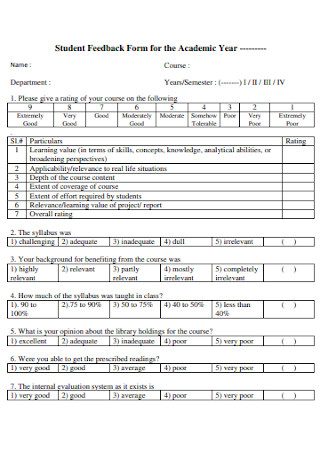
Student Project Feedback Form
download now -
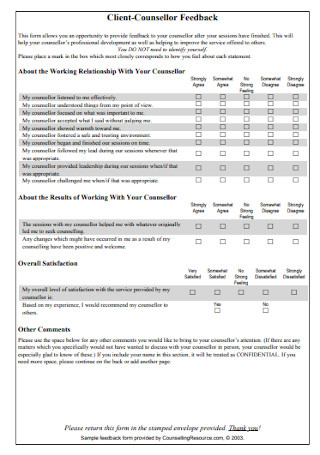
Survey Feedback Form
download now -
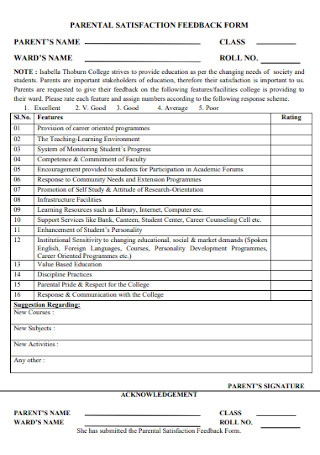
Hotel Feedback Form
download now -
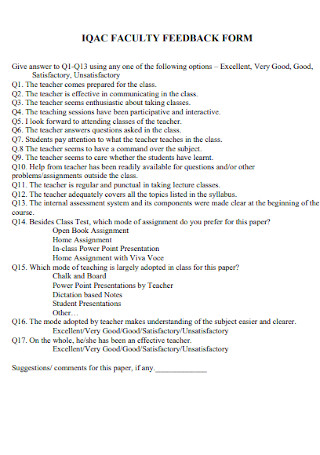
Sample University Feedback Form
download now -
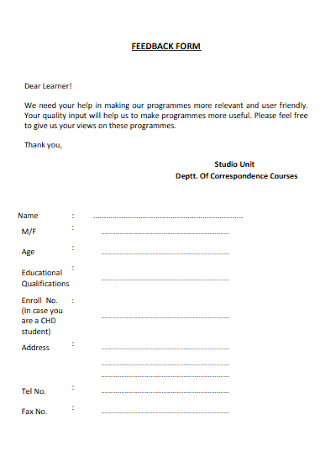
Food Feedback Form
download now -

Patient Feedback Form
download now -
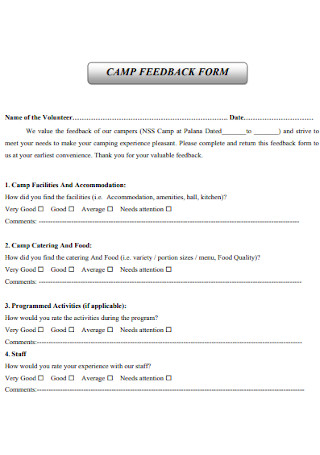
Sample Business Feedback Form
download now -
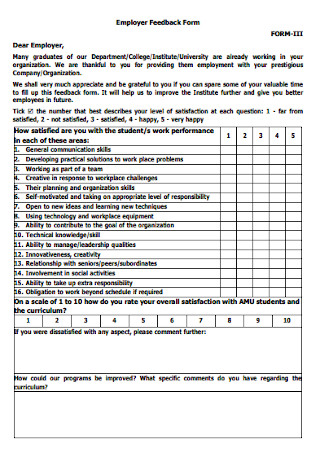
Employer Feedback Form
download now -
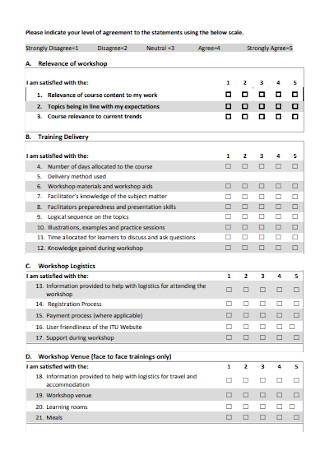
Sample Workshop Feedback Form
download now -
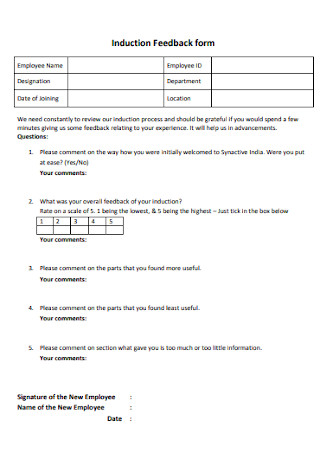
Induction Feedback Form
download now -
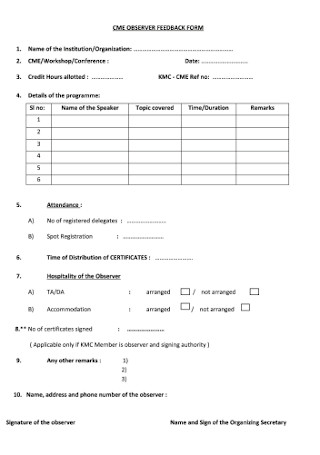
Observer Feedback Form
download now -
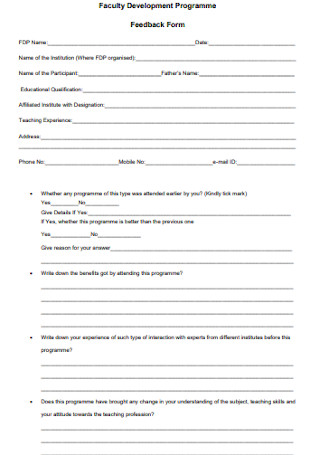
Program Feedback Form
download now -
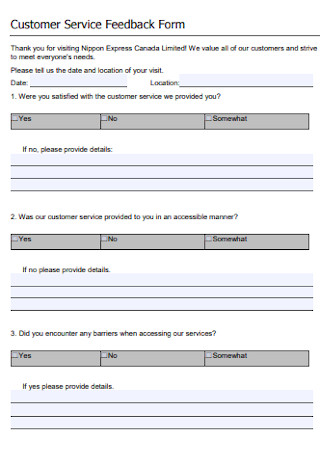
Customer Service Feedback Form
download now -
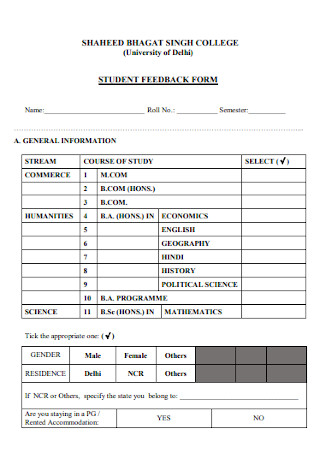
College Student Feedback Form
download now -
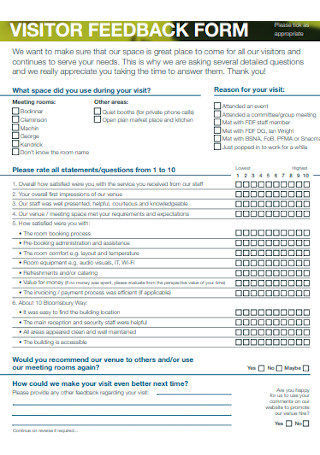
Sample Visitor Feedback Form
download now -
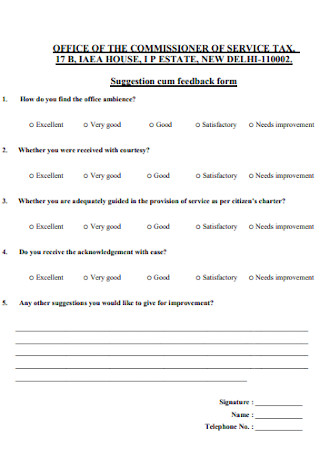
Suggestion Cum Feedback Form
download now -
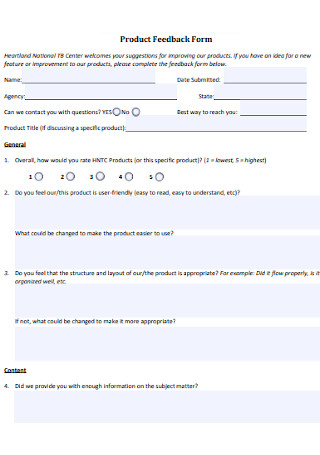
Product Feedback Form
download now -
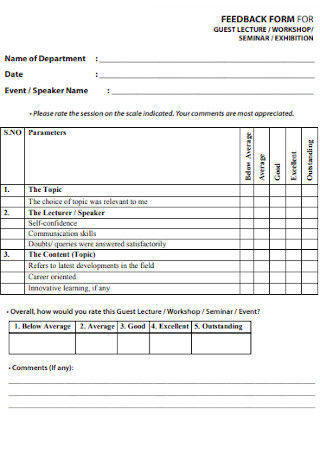
Sample Seminar Feedback Form
download now -
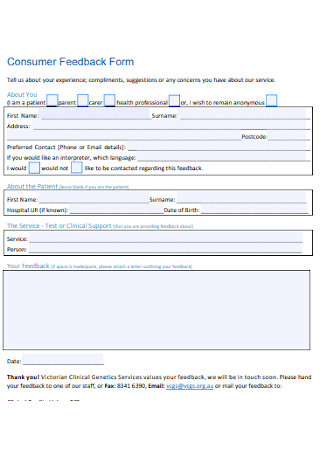
Consumer Feedback Form
download now -

Shareholder Feedback Form
download now -
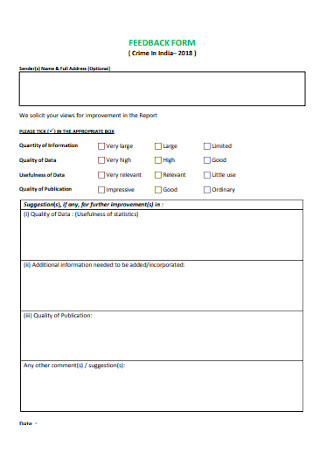
Crime Feedback Form
download now -

Talk Feedback Form
download now -

Subscriber Feedback Form
download now -
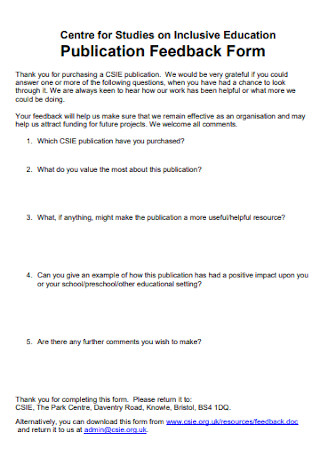
Sample Publication Feedback Form
download now -
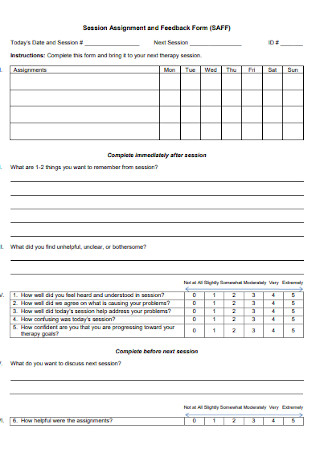
Session Assignment and Feedback Form
download now -
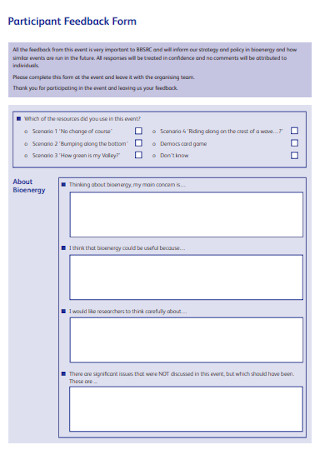
Formal Feedback Form
download now -
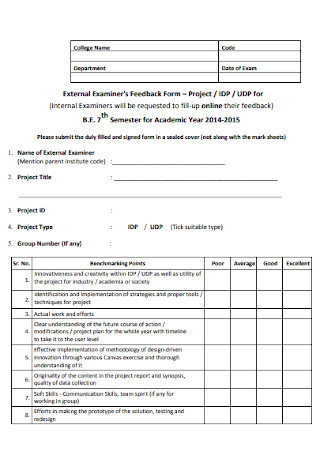
External Examiners Feedback Form
download now -
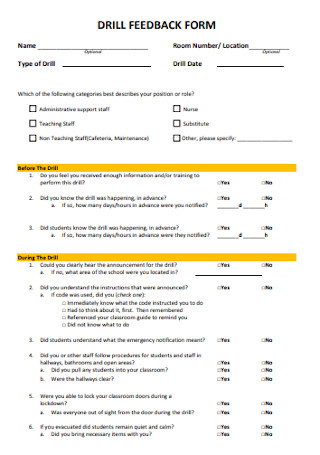
Drill Feedback Form
download now -
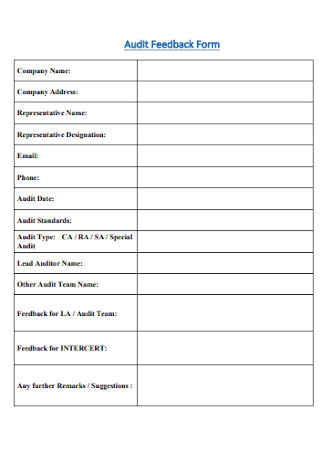
SampleAudit Feedback Form
download now -
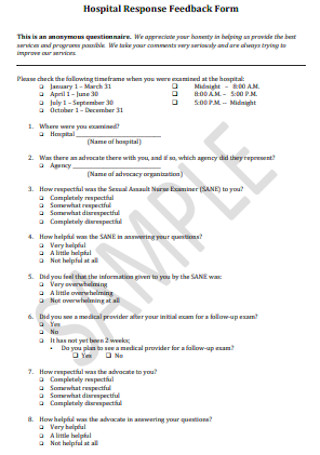
Hospital Response Feedback Form
download now
FREE Feedback Form s to Download
Feedback Form Format
Feedback Form Samples
What is Feedback Form?
What Are the Elements of a Standard Feedback Form?
How to Make Excellent Feedback Forms
Will positive or negative feedback affect a customer’s decision?
What is a student feedback form?
Is employee performance feedback important?
What are the 5 steps of feedback?
What does a Pre-employment Physical Exam Consist of?
How do I create a feedback form?
What should a good feedback form include?
What are the 3 C’s of feedback?
What are the 4 quadrants of feedback?
How does a feedback form look?
What website can I create a feedback form?
How do I create a performance review form?
What are the 4 C’s of feedback?
What is the most effective form of feedback?
What is the best feedback model?
How should feedback be structured?
Feedback Form Format
Personal Information
- Name:
- Email:
- Date:
Feedback Details
- Event/Program Name:
- Date of Event/Program:
Feedback Questions
- Overall Satisfaction
- How satisfied were you with the event/program? (Very Satisfied, Satisfied, Neutral, Dissatisfied, Very Dissatisfied)
- Content Quality
- How would you rate the quality of the content provided? (Excellent, Good, Fair, Poor, Very Poor)
- Presentation
- How would you rate the presentation of the content? (Excellent, Good, Fair, Poor, Very Poor)
- Relevance
- How relevant was the event/program to your needs? (Very Relevant, Relevant, Neutral, Irrelevant, Very Irrelevant)
- Speaker/Instructor
- How would you rate the speaker/instructor? (Excellent, Good, Fair, Poor, Very Poor)
- Venue/Location
- How would you rate the venue/location of the event/program? (Excellent, Good, Fair, Poor, Very Poor)
- Organization
- How would you rate the organization of the event/program? (Excellent, Good, Fair, Poor, Very Poor)
- Punctuality
- How would you rate the punctuality of the event/program? (Excellent, Good, Fair, Poor, Very Poor)
Open-Ended Questions
- What did you like most about the event/program?
- (Please describe)
- What did you like least about the event/program?
- (Please describe)
- Suggestions for Improvement
- (Please describe)
Additional Comments
- Any additional comments or feedback:
Rating (Optional)
- Rate your overall experience (1-5 stars):
Thank you for your feedback!
What is Feedback Form?
A feedback form is a tool used to gather opinions, suggestions, and evaluations from individuals about a specific service, product, or experience. These forms can be utilized in various settings, such as education, business, and community services, to collect honest and constructive feedback that helps in making informed decisions and improvements. Feedback forms typically include questions that prompt detailed responses, providing valuable data for analysis and action.

According to Statista, about 91% of US respondents agreed that positive online customer reviews affected their view to patronize a business in 2019.
Also, it was reported that 32% of American employees expect feedback about their performance annually.
Moreover, AdWeek reported that 70% of users who feel connected to a brand, including the ability to provide feedback, would spend twice as much as those that do not.
Why Should You Make Feedback Forms?
Feedback forms are important for various compelling reasons. With answers given on feedback sheets, you can research problems, assess your enterprise, or conduct data analysis. Using the forms even helps in giving people a simple way to submit their feedback, instead of still finding time to meet with you to state observations and user experiences. A lot can be reported as well, including the business metrics to highlight where your business is struggling and doing best. And since audiences can provide their contact details in the feedback documents, you can settle follow-up responses too.
Furthermore, a feedback form is relevant to many applications. Whether you are handling new employee training plans, restaurants, workshops, hotels, seminars, or a presentation, audiences and clients can provide their comments about such topics. You only need to specify what the feedback form’s purpose is. And the best function for allowing feedback is to make wiser decisions. Indeed, you collect insights from customer feedback. With such data, you can predict why consumers are not converting, be aware of your enterprise’s quality service, or solve customer problems. Hence, it is not about getting insights alone; it is about improving something in the end.
What Are the Elements of a Standard Feedback Form?
You already know what the feedback form is, including its intention. But what are the common factors seen in standard feedback forms? People have different elements inside such documents, but the specific aspects would consist of the following:
How to Make Excellent Feedback Forms
Great effects happen to businesses that listen to feedback. For example, a survey concluded that 70% of users connected to a brand would spend twice as much as those that do not. And that result is because part of the connection involves how users are given the ability to submit feedback. For any business-driven person, getting that connection from customers is surely a reward. And you can make that happen by creating excellent feedback forms. How do you manage that? Follow these easy steps:
Step 1: Decide the Feedback Sheet Format
First things first, plan the feedback sheet format. Are you going to prepare a form that should be printed or you need e-forms only? Or maybe you want something accessible via mobile. Do not forget that we have a variety of feedback form templates that are ready to download. All you have to do is pick the format you want. Also, you can alter the template’s content, design, and format, so there is no need to stick to one style. And do you know what the best part is? You need not begin from scratch as things are pre-formatted for you.
Step 2: Label the Form
Feedback forms would have labels. And you have the elements of a feedback form as your basis for that, which were discussed before. A simple yet effective way to start a feedback form is to write a specific title as its introductory statement. Yes, “Feedback Form” as the title would suffice. But you can make it specific by stating the name of your business before the title. Thus, audiences would know what the document specifically is for. Next, you can incorporate each question with a corresponding answer field. That placement will help lessen the frustration and time given by the user.
Step 3: Make Specific Logical Questions
Are you asking the right questions? Be sure to include questions and topics where feedback is asked. Also, they should be logical and specific. For example, it is not right to say, “Are you satisfied?” A user would say, “Satisfied with what?” You can make a more specific query like “Are you satisfied with your purchase order?” And you can note other key factors like the order’s packaging, price, time of arrival, and quality as the basis for feedback. Most importantly, create a smooth flow in giving the questions. It would be weird to immediately ask for a client’s rating without getting their contact info first.
Step 4: Ensure that the Form Is Easy to Follow
Review if your feedback form is user-friendly or easy to follow. Anything confusing or difficult will only deter people from writing their feedback. A tip is to avoid cluttering your content. Make things organized by using concise words and simple rating scales. Be in the shoes of a client for a second and answer your form. Do you think the document is easy to use or only making your experience a hassle? If the results are bad, then improve them. You may also see Receipt Form
Step 5: Include Helpful Instructions
Another way to make the form easy is by providing instructions. Each instruction is useful, so nobody gets confused about what to do with the sheet. An example is how consumers select their answers. Should the encircle, check, or box their answers? Note them down. And which parts of the form are required and optional? Remember that forcing everyone to answer all fields might have them dismiss in completing the document. So, answers that are not that important can be labeled as optional fields. After reviewing and checking the feedback form, produce it. You may also see Enrollment Form
Will positive or negative feedback affect a customer’s decision?
Yes. According to Statista’s research survey, 91% of people in the US agreed that positive online customer reviews in business made them patronize that business. And lesser people may work with companies that have mostly negative feedback.
What is a student feedback form?
Students who are enrolled in school would be tasked to fill out a student feedback form, mostly at the end of a program. That document enables pupils to submit their feedback about the course, or even their teacher. Hence, students are given a chance to voice out about what they observed in classes. You may also see Quotation Form
Is employee performance feedback important?
Indeed, employee performance reviews or feedback is vital to inform employees of how they are doing. Are they doing excellently or still need more training? Feedback is how they learn. In fact, Statista’s survey also noted that 32% of US employees expect feedback about their performance yearly.
What are the 5 steps of feedback?
Following these steps ensures that feedback is structured and effective:
- Preparation: Plan what you are going to say and how you will deliver the feedback. Gather all necessary information and examples.
- Delivery: Provide the feedback in a calm and professional manner. Use specific examples to illustrate your points.
- Discussion: Allow the recipient to ask questions and discuss the feedback. This encourages a two-way conversation.
- Action Plan: Work together to create an action plan based on the feedback. This ensures that the feedback leads to tangible improvements.
- Follow-Up: Schedule follow-up meetings to review progress and provide additional feedback as needed. You may also see Risk Assessment Form
What does a Pre-employment Physical Exam Consist of?
A pre-employment physical exam ensures a candidate is fit for the job. It typically includes the following steps:
- Medical History Review: The doctor will review the candidate’s medical history, including any past illnesses, surgeries, and current medications. This information is usually collected through a Biodata Form.
- Physical Examination: A thorough physical examination is conducted to check overall health, including vital signs like blood pressure, heart rate, and temperature.
- Laboratory Tests: Common tests include blood tests, urinalysis, and other screenings to detect underlying health conditions.
- Drug Testing: Many employers require drug testing to ensure candidates are not using illegal substances.
- Functional Tests: Depending on the job, additional tests might be conducted to assess physical capabilities, such as lifting strength or cardiovascular fitness. You may also see Authorization Form
How do I create a feedback form?
Creating an effective feedback form involves several key steps:
- Define Objectives: Clearly outline what you want to achieve with your feedback form, such as gathering opinions on a service or event.
- Choose a Platform: Decide whether you will use an online tool, paper form, or another method. Online tools often offer templates for Feedback Questionnaire.
- Design the Form: Include clear, concise questions that are easy to understand. Use a mix of question types, such as multiple-choice, rating scales, and open-ended questions.
- Test the Form: Before distributing it widely, test the form with a small group to ensure it’s easy to use and understand.
- Distribute and Collect Responses: Share the form through appropriate channels and collect the responses. Ensure you have a system in place for analyzing the data.
What should a good feedback form include?
A good feedback form is well-designed and effective in gathering useful information. Key elements include:
- Clear Instructions: Provide straightforward instructions on how to complete the form to avoid confusion.
- Relevant Questions: Ensure questions are relevant to the topic and will yield valuable insights. Use a mix of question types to gather comprehensive data.
- Anonymity Option: Offer the option for respondents to remain anonymous to encourage honest and open feedback.
- Feedback Questionnaire: Incorporate a structured questionnaire that is easy to navigate.
- Thank You Message: Include a thank you note at the end to show appreciation for the respondent’s time and effort. You may also see Construction Waiver Form
What are the 3 C’s of feedback?
The 3 C’s of feedback are crucial for providing effective feedback:
- Clarity: Feedback should be clear and specific to avoid misunderstandings. Ensure the recipient understands exactly what is being communicated.
- Constructiveness: Aim to be constructive, focusing on how improvements can be made rather than just pointing out flaws.
- Consistency: Provide feedback consistently to build trust and facilitate continuous improvement. You may also see Dot Form
What are the 4 quadrants of feedback?
The 4 quadrants of feedback help in understanding different types of feedback and their impacts:
- Positive Feedback, Public: Praising someone in front of others to boost morale and recognize achievements.
- Positive Feedback, Private: Offering positive feedback in a one-on-one setting to build confidence and reinforce good behavior.
- Constructive Feedback, Public: Generally avoided as it can be embarrassing. However, it can be used in training sessions to illustrate a point.
- Constructive Feedback, Private: Discussing areas for improvement privately to avoid embarrassment and encourage honest conversation.
Using these quadrants can help in delivering feedback effectively and appropriately. By following these detailed steps and incorporating structured approaches, creating and utilizing feedback forms, Leave Form, and Nomination Form can become more efficient and effective.
How does a feedback form look?
A feedback form typically includes sections for rating, open-ended questions, and comments, resembling an HR Form or survey format for easy and structured data collection.
What website can I create a feedback form?
You can create a feedback form using platforms like Google Forms, SurveyMonkey, or JotForm, which offer customizable templates similar to a Delivery Form.
How do I create a performance review form?
To create a performance review form, outline clear objectives, use a mix of rating scales and open-ended questions, and format it like an Application Form for easy completion.
What are the 4 C’s of feedback?
The 4 C’s of feedback are Clarity, Consistency, Commitment, and Collaboration, ensuring feedback is effective and actionable, similar to the structure of a Consent Form.
What is the most effective form of feedback?
The most effective form of feedback is timely, specific, and constructive, resembling the straightforward and actionable nature of an Order Form.
What is the best feedback model?
The best feedback model is the SBI (Situation-Behavior-Impact) model, which provides clear, focused, and actionable feedback, akin to the simplicity of a Scholarship Application Form.
How should feedback be structured?
Feedback should be structured clearly and concisely, focusing on specific behaviors and their impacts, similar to the organized format of a Data Entry Form.
Feedback forms are versatile tools that can significantly enhance the quality of services, products, and experiences by providing actionable insights. This article has explored various sample forms, feedback letters, and their uses, emphasizing their role in improving Community Service Form. Whether for educational purposes, business improvements, or community projects, effective feedback forms can lead to meaningful changes and better outcomes. Implementing these tools thoughtfully can transform feedback into a powerful asset for continuous improvement.

